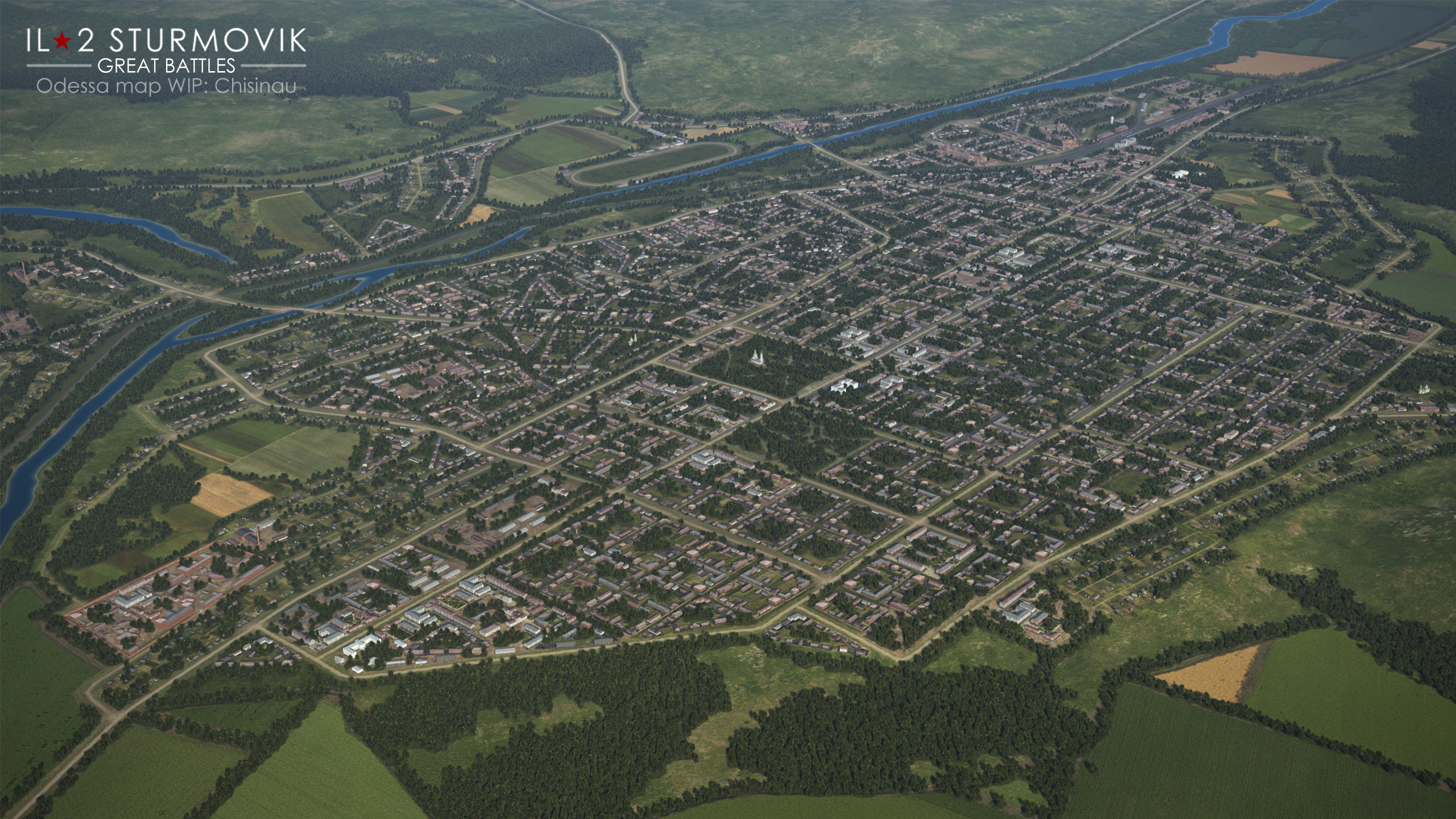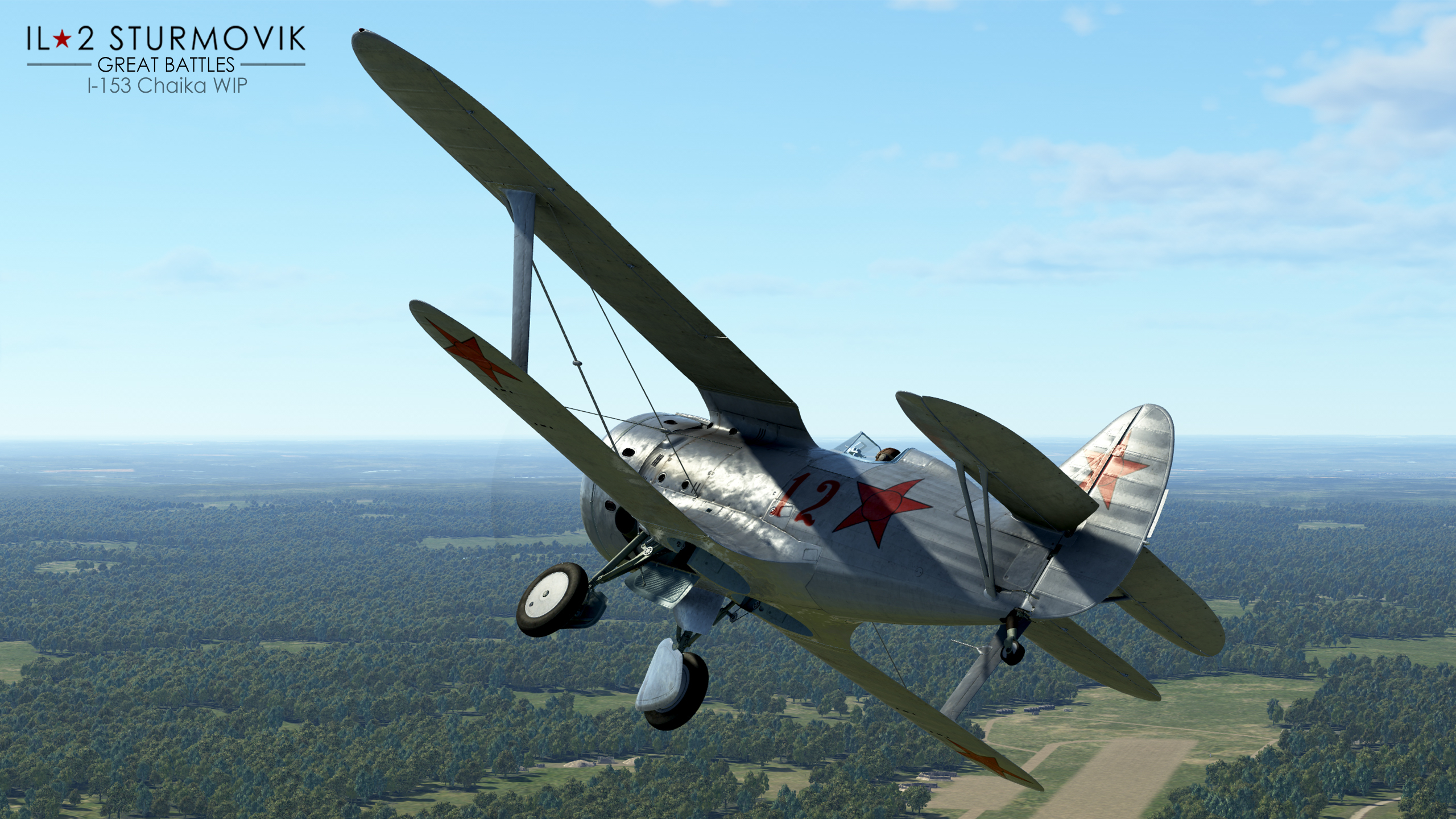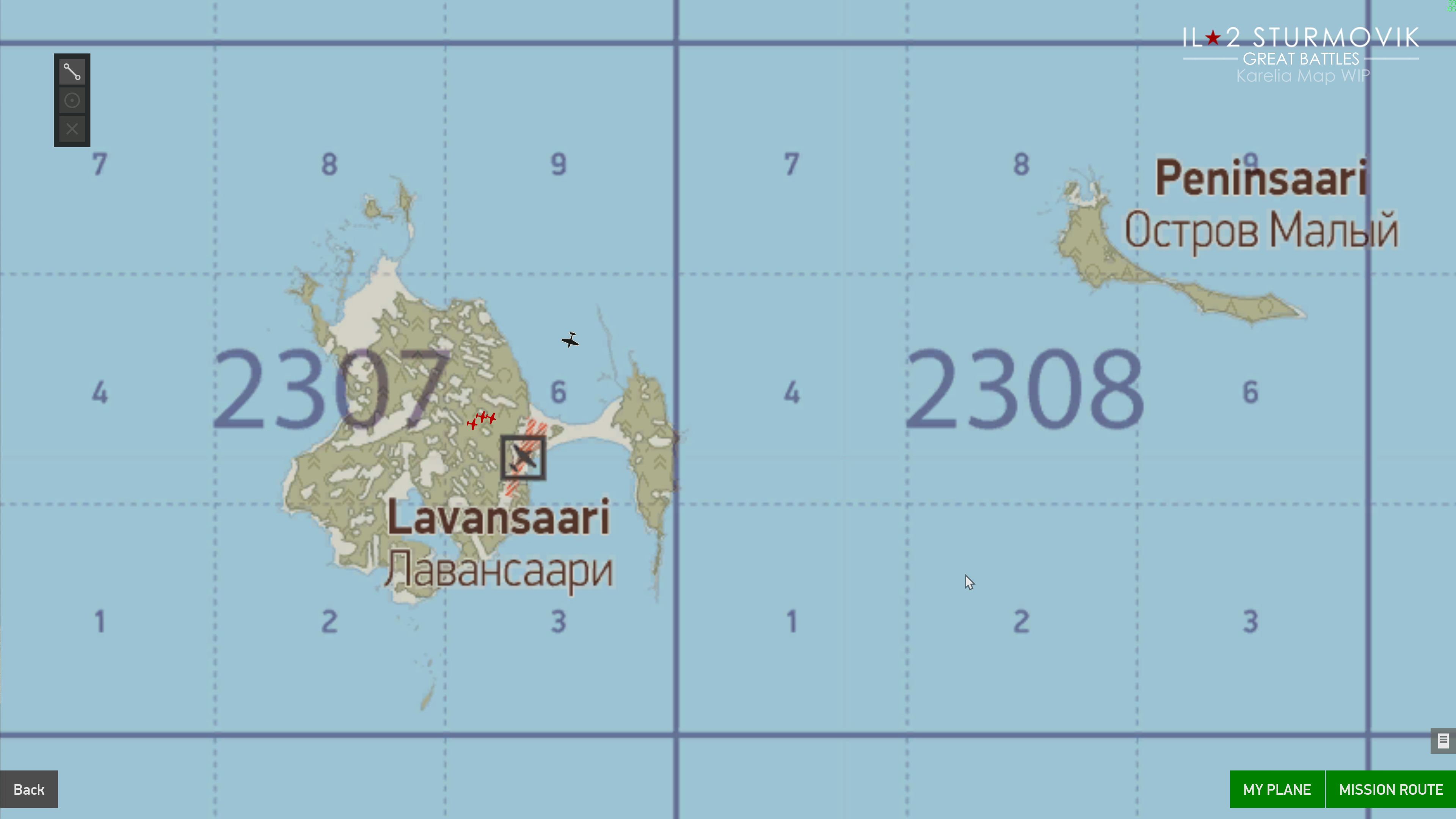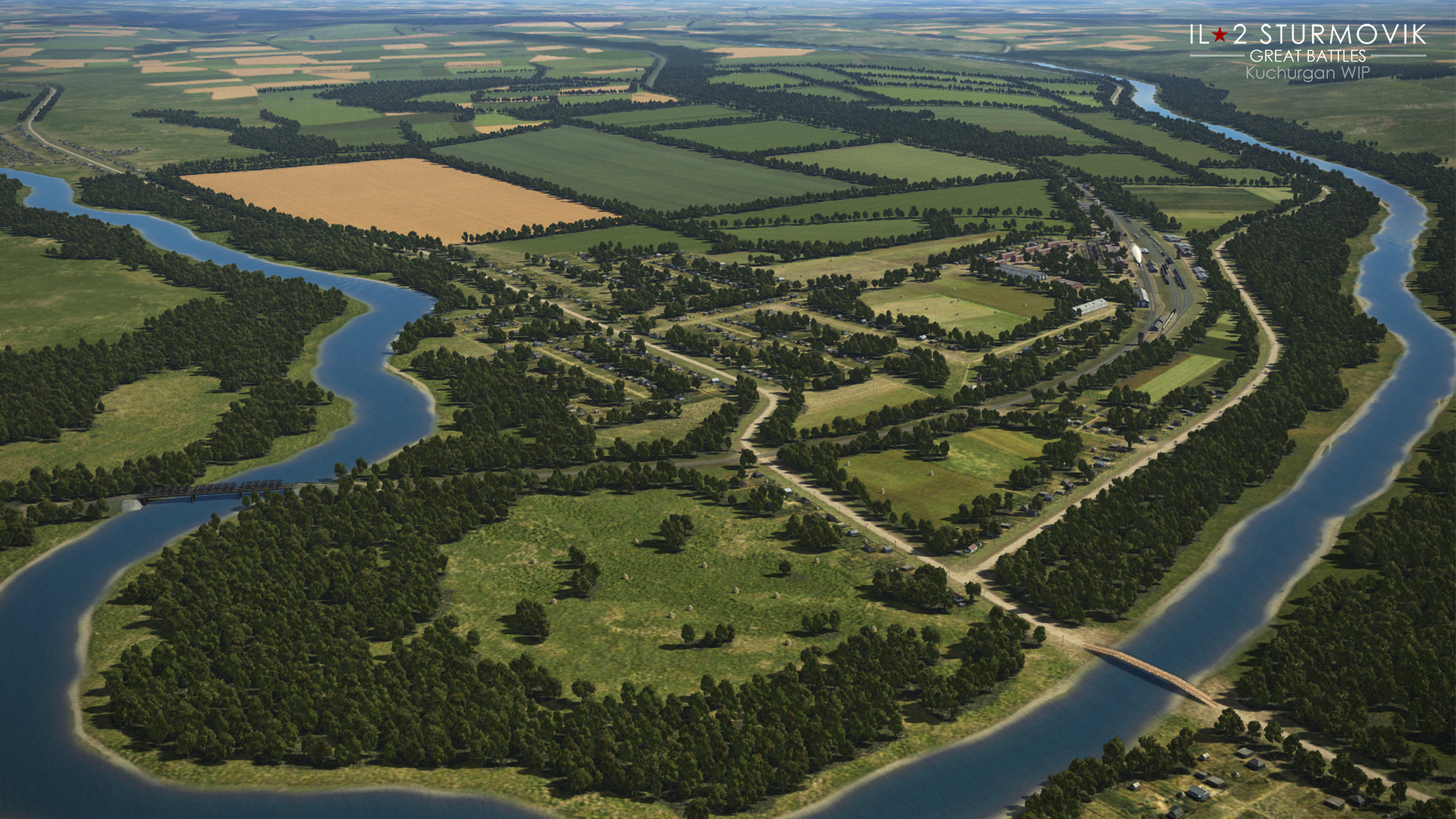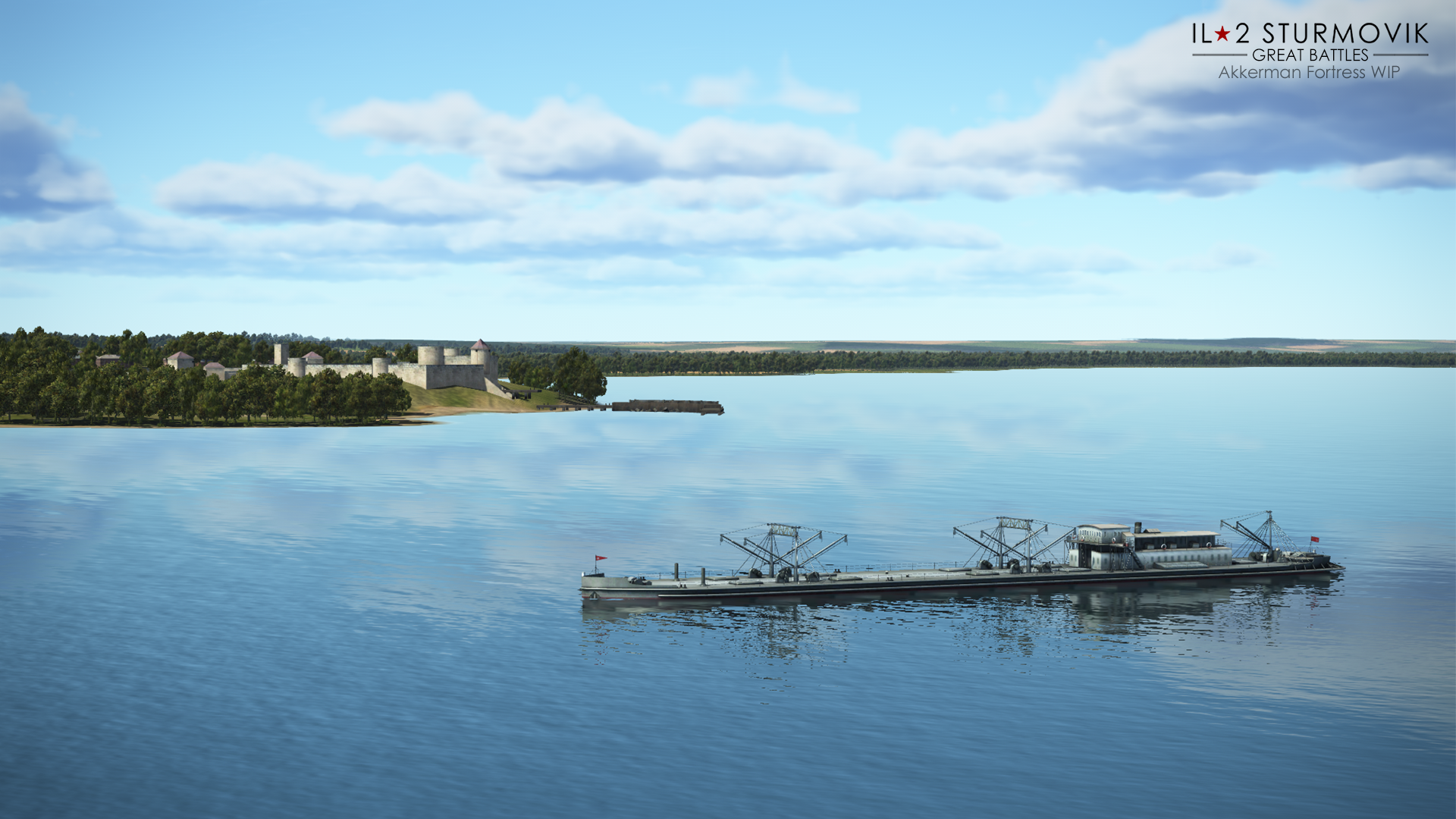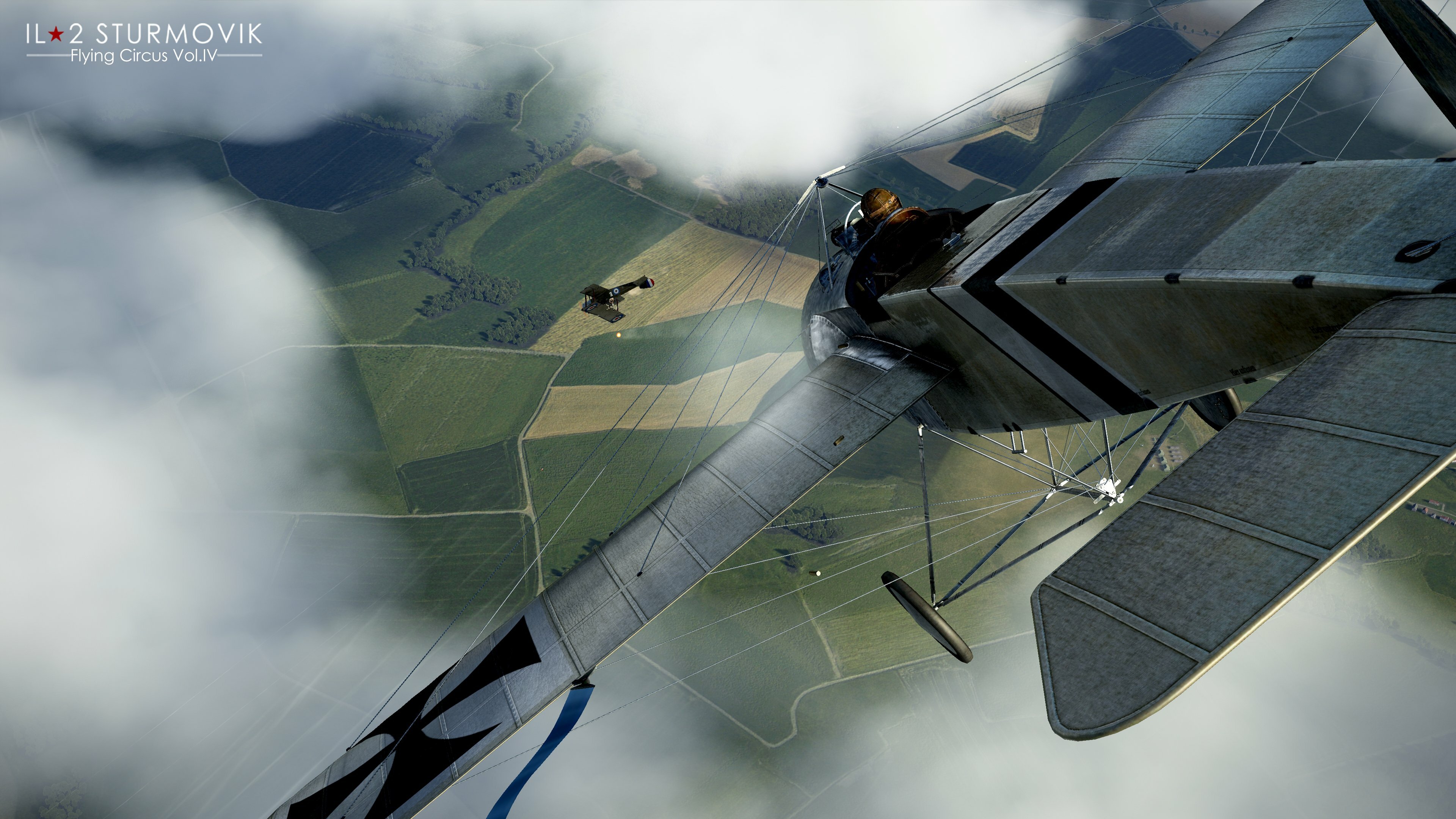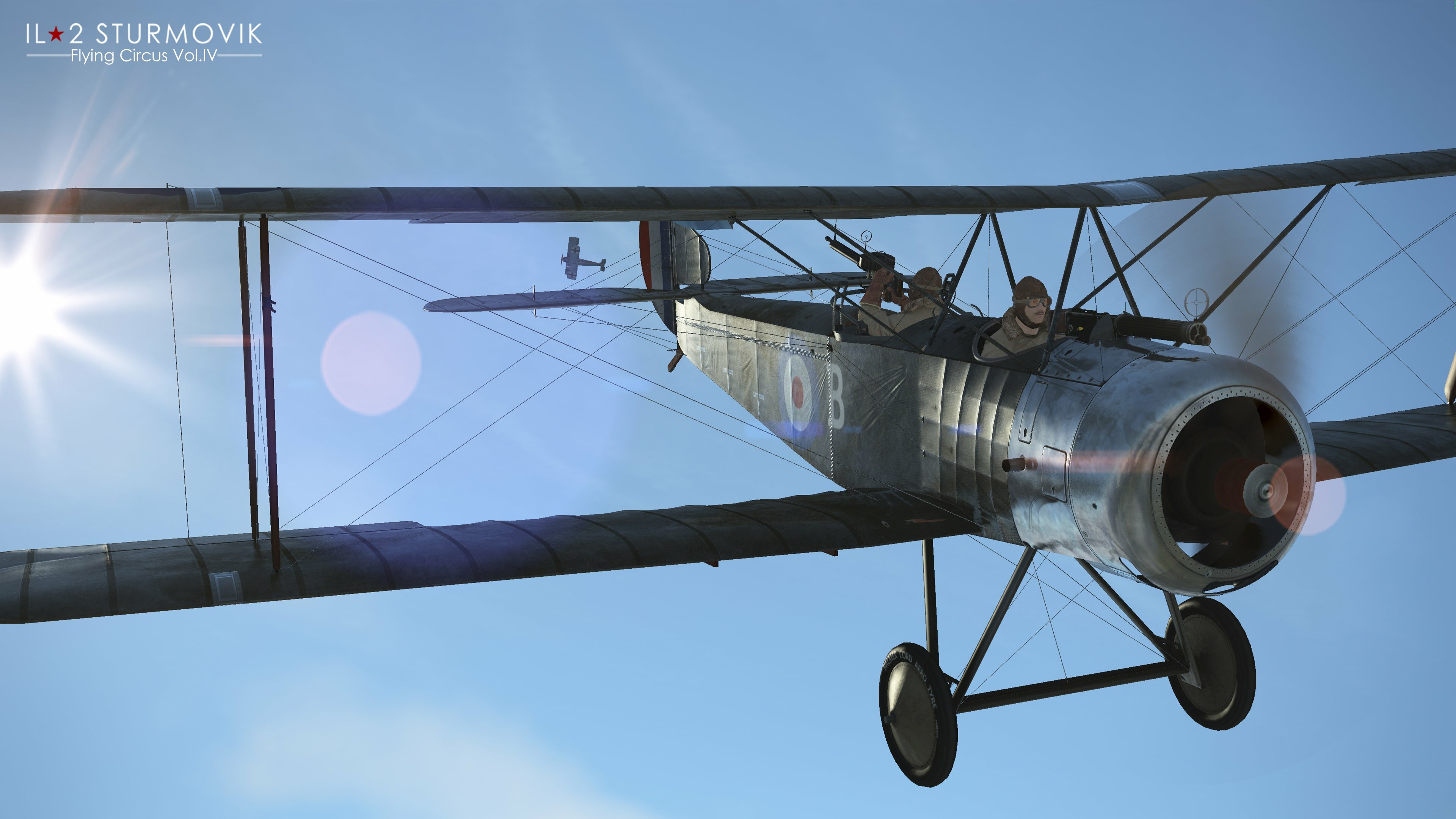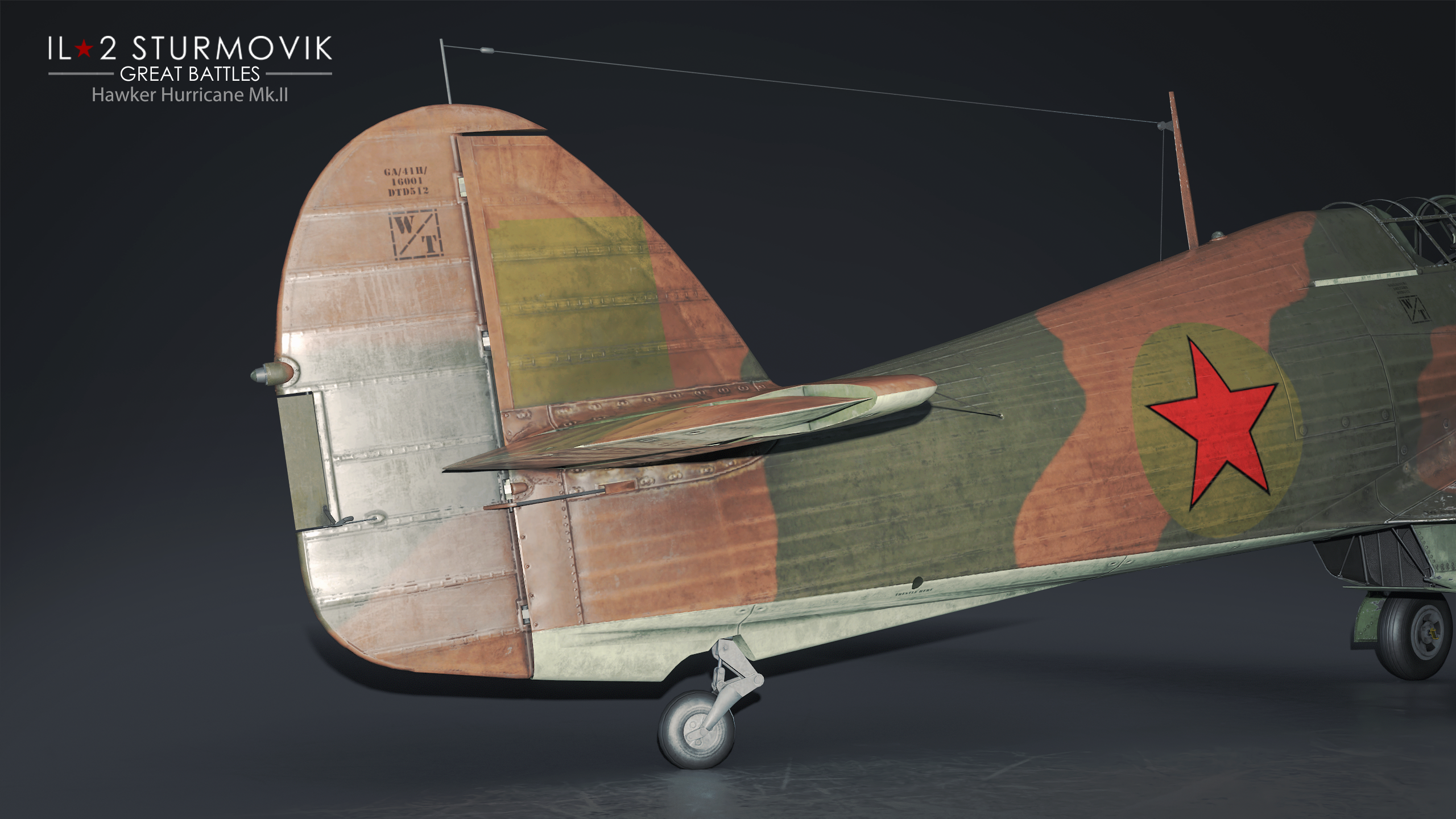
Feb 11
IL-2 Sturmovik: Battle of Stalingrad - -DED-Rapidus
Dear friends,
Today we have published a new update, version 5.506. A new historical campaign has been released - more about it below, as well as a number of fixes and improvements to the game:
Update 5.506
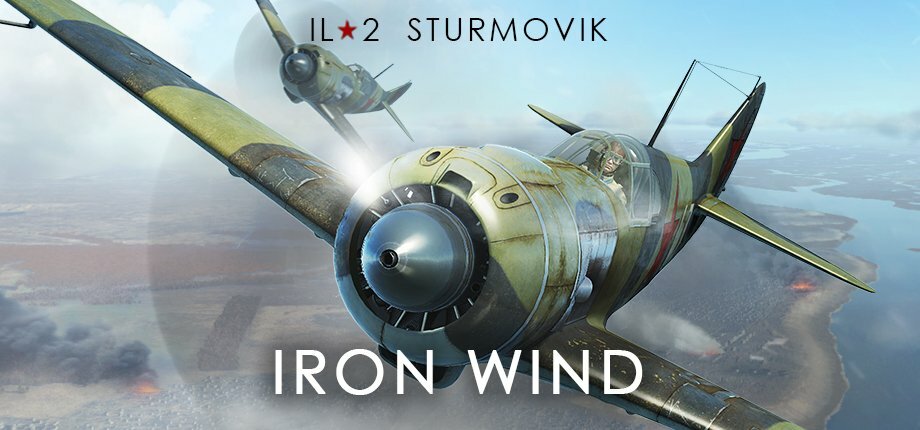
By the end of the summer of 1942, the balance on the Eastern Front had shifted back in favor of Nazi Germany and its allies. After inflicting several heavy defeats on the Red Army, the enemy advanced rapidly in an attempt to break through to the Caucasian oil fields and Stalingrad. On August 23, the forward troops of the XIV Panzer Corps of the 6th Field Army of Army Group "B" reached the northern outskirts of the city. A massive bombardment of Stalingrad began, while the German 4th Panzer Army fought its way from the southwest, smashing the defenses. The city seemed lost.
On August 19, the 287th Fighter Aviation Division arrived at the Stalingrad Front to join the 8th Air Army and arrange the repeated military tests of the newest La-5 fighters. As a senior pilot and then as a flight commander of the 27th Fighter Aviation Regiment, you will take part in the most intense and dramatic episodes of the defense of the city. The pilots of the 287th Aviation Division had to do battle with superior enemy forces from the very beginning in order pass the most difficult stage of the battle of Stalingrad with honor.
Timeframe: August 24th – October 28th, 1942
Unit: 27th IAP of 287th IAD
Available aircraft: La-5 series 8
Duration: 15 missions
Average playtime: 8 hours
Author: Alexander =BlackSix= Timoshkov



The story is based on the most up-to-date research and archives data and can be divided into three large parts. The beginning of the story centers around the Soviet command's first attempts to stop the enemy's breakthrough to the Volga River and repulse the devastating Luftwaffe bomber raids on Stalingrad in late August that razed the city to the ground.
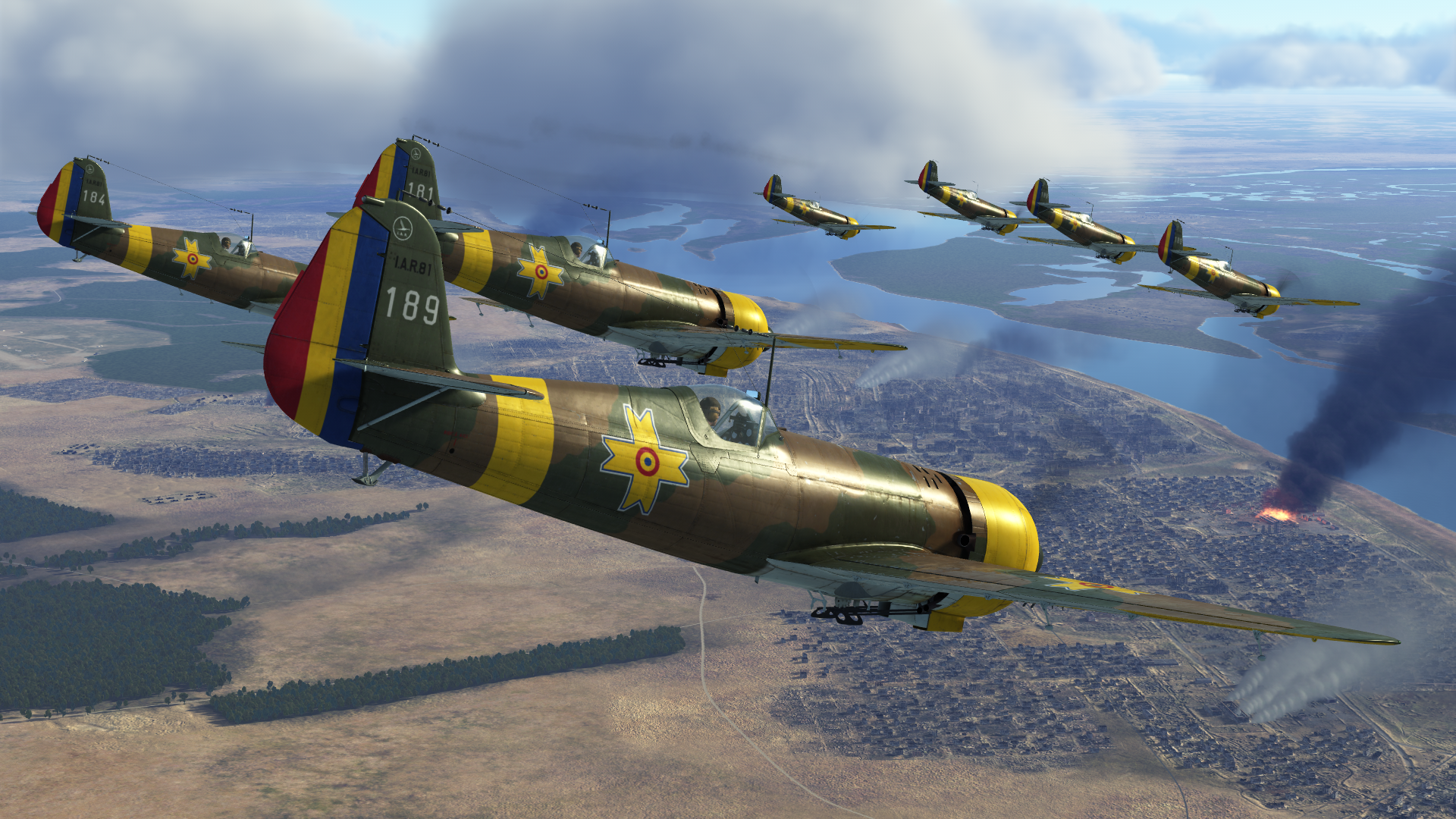
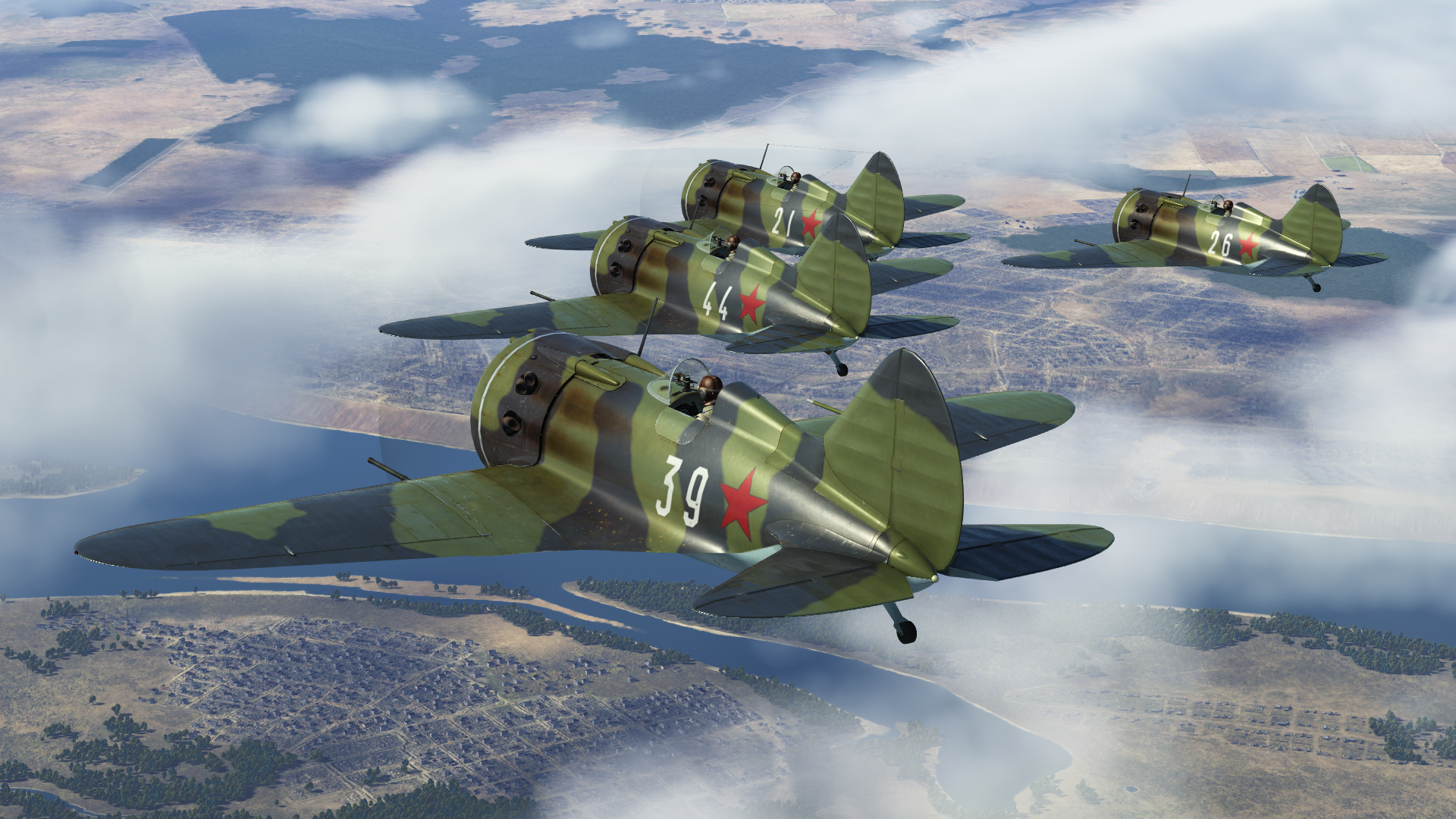
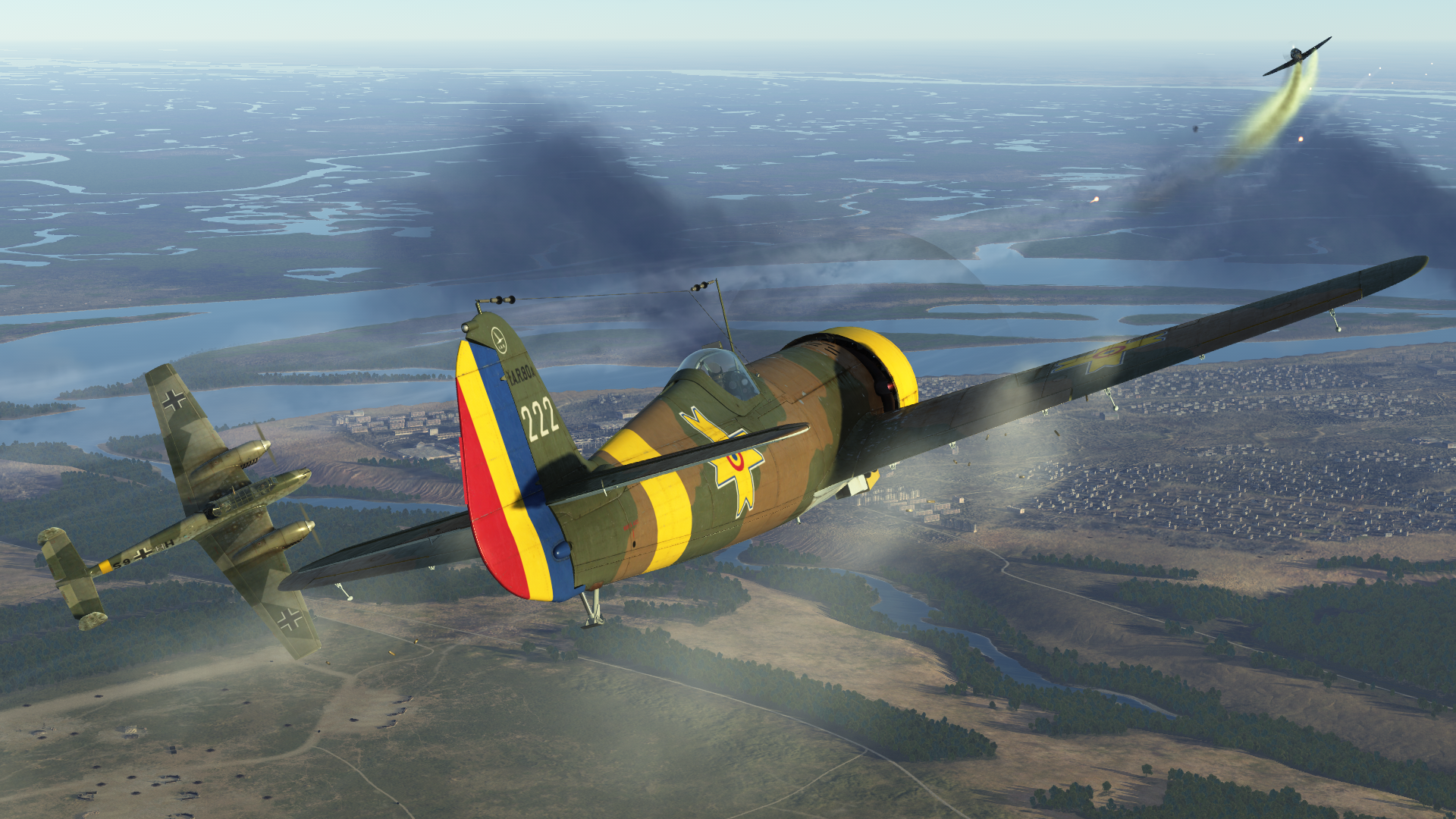
The middle of the campaign is focused on the first German assault on the city during early Fall. Numerous air battles with Romanian I.A.R. 80-A and 80-B fighters are waiting for you: their massed use at the Stalingrad front started just at this time.
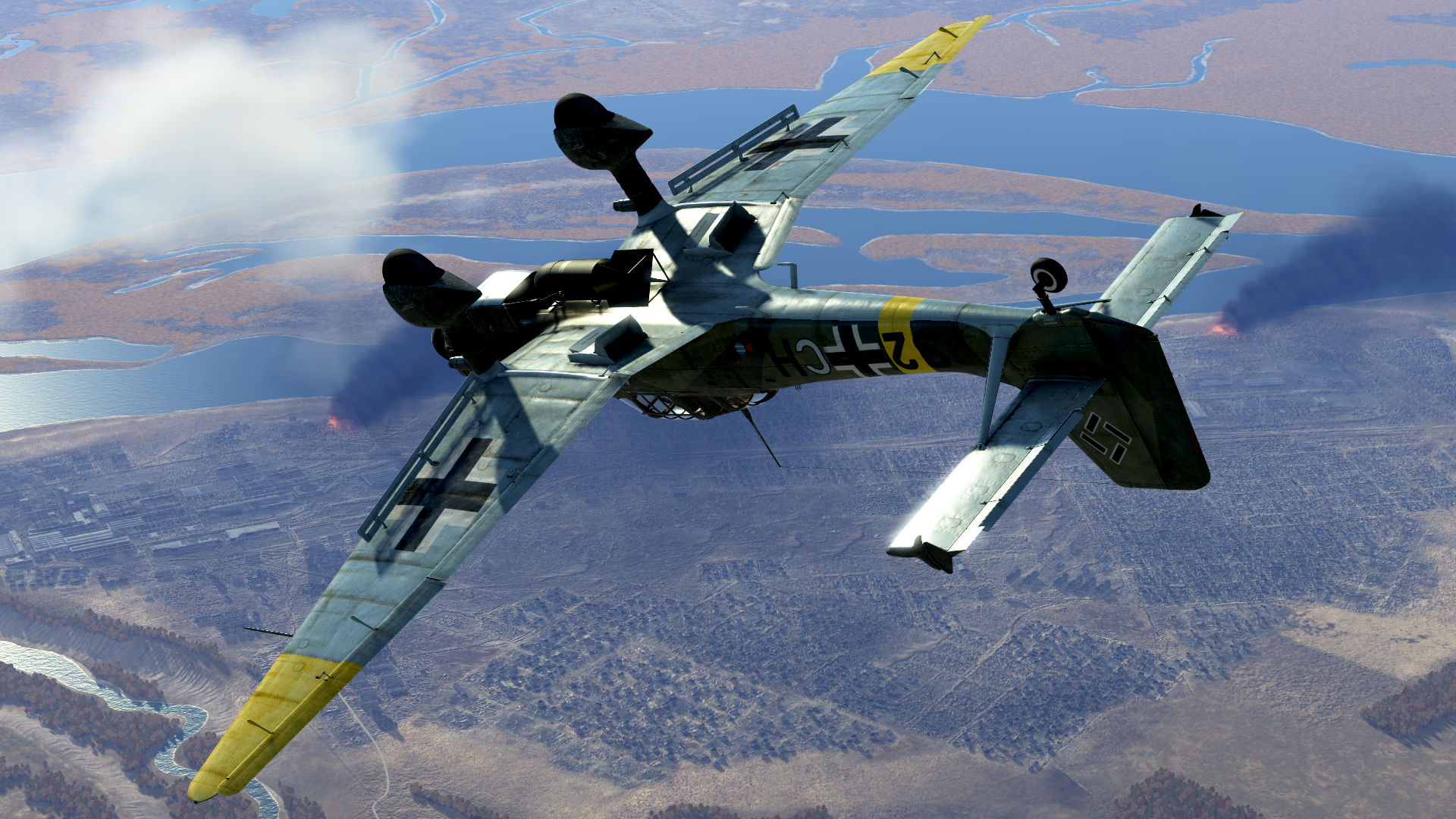

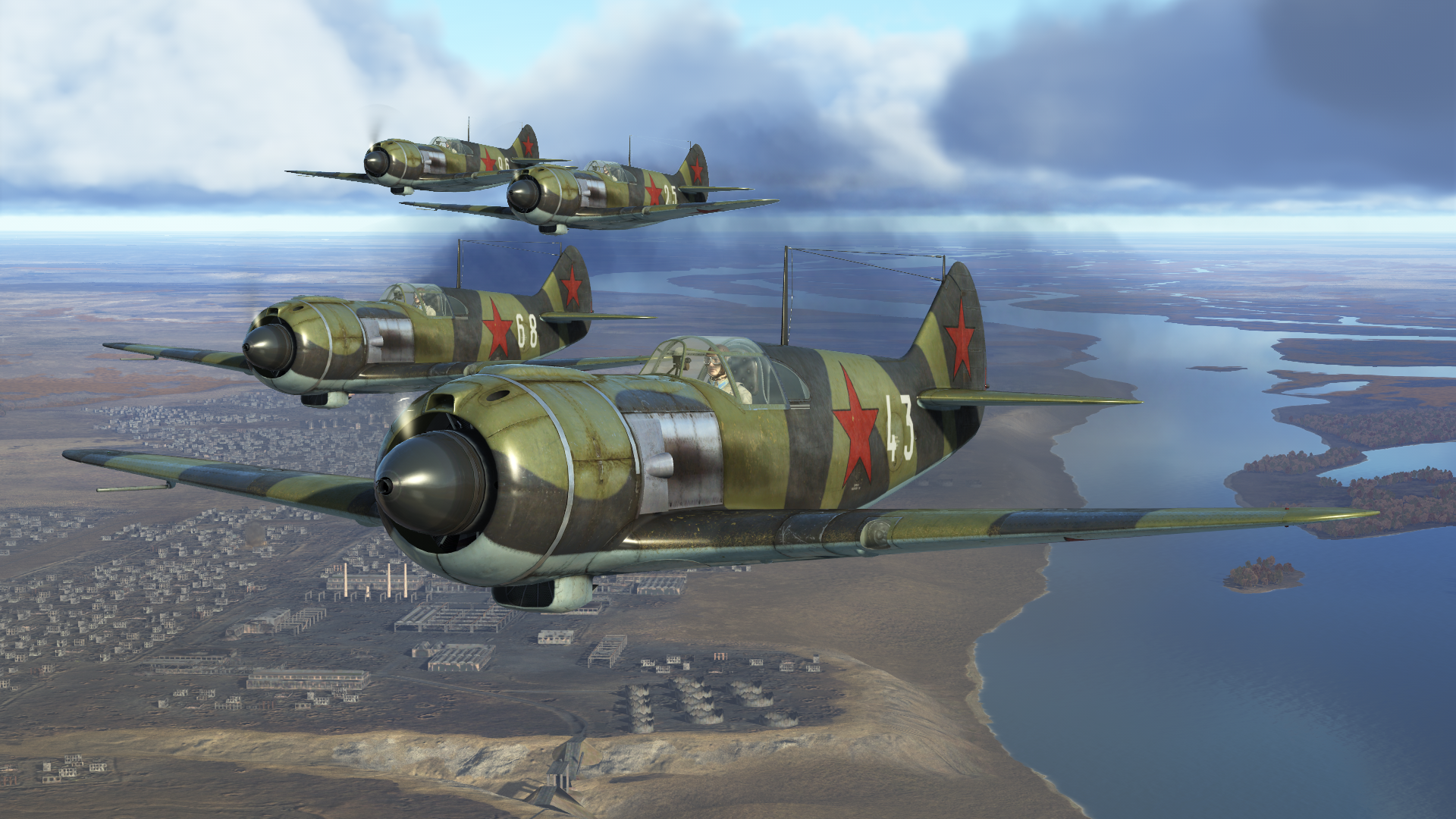
Then the story will move to October 1942. Having been promoted to the rank and the long-awaited position of a flight commander, you will take part in the decisive battles that unfolded during the third and final assault on Stalingrad launched by the enemy. The total lack of aircraft in the VVS regiments and the dominance of Luftwaffe in the air became a real test for Soviet pilots.
The campaign is available with a 15% OFF release discount:
https://store.steampowered.com/app/3398320/
The campaign requires the Battle of Stalingrad module and La-5 series 8 Collectors Plane (it is included in the Battle of Stalingrad Premium Edition on our website and the Battle of Stalingrad Deluxe bundle on Steam).

We are also pleased to remind you that the previously announced online 1 vs 1 duel tournament begins this Saturday, February 15th. We invite all participants to reply to the e-mail sent to them if you haven't already done so.
Communication during the tournament will be conducted on the official IL-2 TeamSpeak server (please install this utility in advance if you haven't used it before):
address: 65.108.206.8
password: il2series
After receiving confirmations from the participants, we will form duel pairs randomly and publish the preliminary order of fights for Saturday.
Today we have published a new update, version 5.506. A new historical campaign has been released - more about it below, as well as a number of fixes and improvements to the game:
Update 5.506
- Added new payware historical campaign Iron Wind for the Battle for Stalingrad module telling the story of a Soviet fighter pilot flying one of the first La-5 series 8 aircraft;
- Bf 109 F-4: fixed the issue of lack of ammunition in some combinations of prohibited and allowed modifications in Pilot's Career mode;
- Bf 109 F-4: engine modification with increased engine time in emergency mode is available since 1942, accordingly changed modification name and fixed availability of modification in career mode for player and AI pilots;
- AllowSpectators option for a dedicated server has been split into two independent options AllowExtCamPlayer and AllowExtCamSpectator: the first one works similarly to the old one, while the second one allows only the spectators to use free camera and external views;
- Added a single mission scenario for the Spitfire Mk. IXc;
- Updated the campaigns Gestapo Hunters (1st mission), Hell Hawks over the Bulge (16th mission) and Lightning Strikes (all missions);
- Reduced the difficulty level in the 11th mission of the Ice Ring campaign;
- Added Spanish translation of the “Gestapo Hunters” campaign thanks to EN69_Cananas;
- WWII Career mode: added new patrol mission subtype Frontline Patrol;
- WWII Career mode: added new patrol mission subtype Bomber area patrol;
- USSR and Allies Career mode: added new patrol mission subtype Top cover;
- Career mode: fixed an error when a train with anti-aircraft flatcars did not activate;
- Career mode: fixed an issue with transport planes flying into mountains in transport interception missions;
- Gleaves class destroyers main guns' ammunition has been corrected according to historical sources: 330 HE + 30 AP rounds per gun;
- Fixed LCI ship damage model (it was nearly impossible to destroy).

By the end of the summer of 1942, the balance on the Eastern Front had shifted back in favor of Nazi Germany and its allies. After inflicting several heavy defeats on the Red Army, the enemy advanced rapidly in an attempt to break through to the Caucasian oil fields and Stalingrad. On August 23, the forward troops of the XIV Panzer Corps of the 6th Field Army of Army Group "B" reached the northern outskirts of the city. A massive bombardment of Stalingrad began, while the German 4th Panzer Army fought its way from the southwest, smashing the defenses. The city seemed lost.
On August 19, the 287th Fighter Aviation Division arrived at the Stalingrad Front to join the 8th Air Army and arrange the repeated military tests of the newest La-5 fighters. As a senior pilot and then as a flight commander of the 27th Fighter Aviation Regiment, you will take part in the most intense and dramatic episodes of the defense of the city. The pilots of the 287th Aviation Division had to do battle with superior enemy forces from the very beginning in order pass the most difficult stage of the battle of Stalingrad with honor.
Timeframe: August 24th – October 28th, 1942
Unit: 27th IAP of 287th IAD
Available aircraft: La-5 series 8
Duration: 15 missions
Average playtime: 8 hours
Author: Alexander =BlackSix= Timoshkov



The story is based on the most up-to-date research and archives data and can be divided into three large parts. The beginning of the story centers around the Soviet command's first attempts to stop the enemy's breakthrough to the Volga River and repulse the devastating Luftwaffe bomber raids on Stalingrad in late August that razed the city to the ground.



The middle of the campaign is focused on the first German assault on the city during early Fall. Numerous air battles with Romanian I.A.R. 80-A and 80-B fighters are waiting for you: their massed use at the Stalingrad front started just at this time.



Then the story will move to October 1942. Having been promoted to the rank and the long-awaited position of a flight commander, you will take part in the decisive battles that unfolded during the third and final assault on Stalingrad launched by the enemy. The total lack of aircraft in the VVS regiments and the dominance of Luftwaffe in the air became a real test for Soviet pilots.
The campaign is available with a 15% OFF release discount:
https://store.steampowered.com/app/3398320/
The campaign requires the Battle of Stalingrad module and La-5 series 8 Collectors Plane (it is included in the Battle of Stalingrad Premium Edition on our website and the Battle of Stalingrad Deluxe bundle on Steam).

We are also pleased to remind you that the previously announced online 1 vs 1 duel tournament begins this Saturday, February 15th. We invite all participants to reply to the e-mail sent to them if you haven't already done so.
Communication during the tournament will be conducted on the official IL-2 TeamSpeak server (please install this utility in advance if you haven't used it before):
address: 65.108.206.8
password: il2series
After receiving confirmations from the participants, we will form duel pairs randomly and publish the preliminary order of fights for Saturday.












